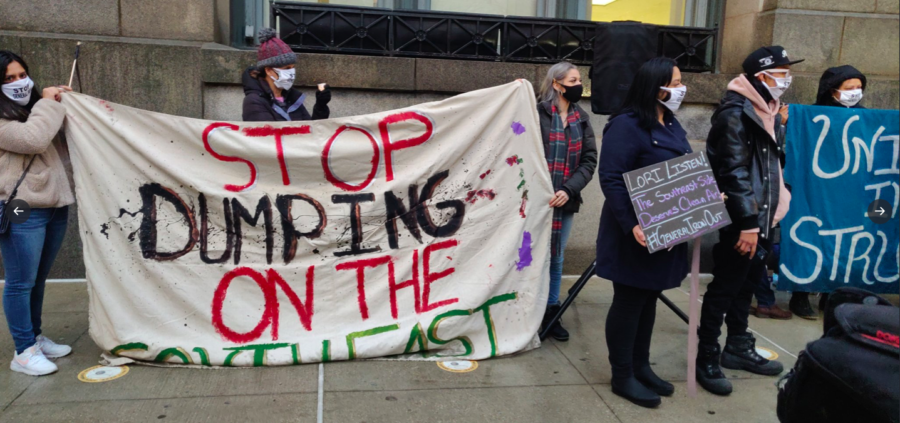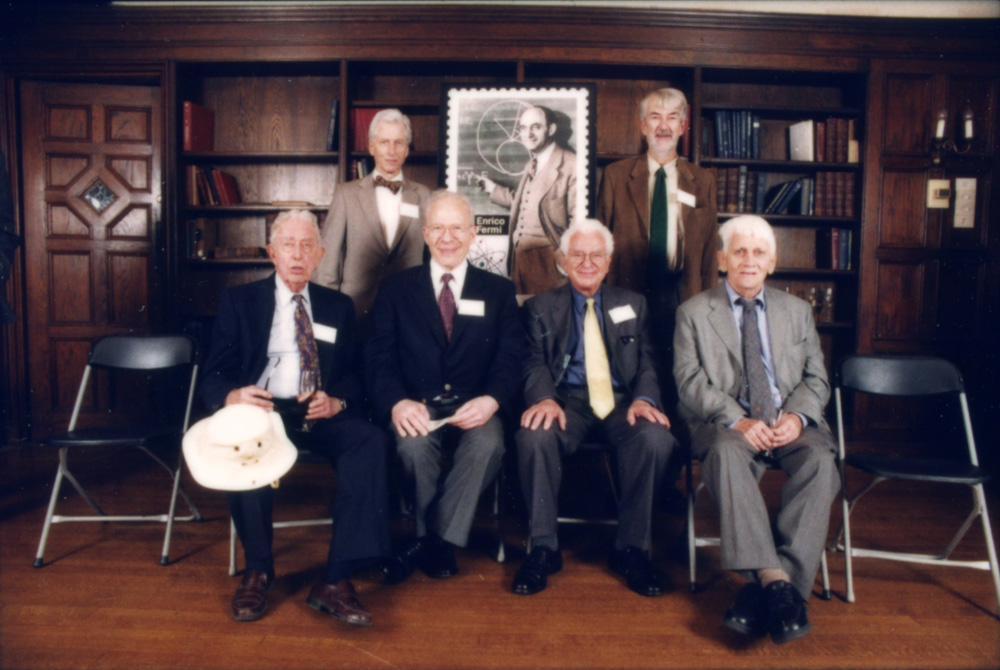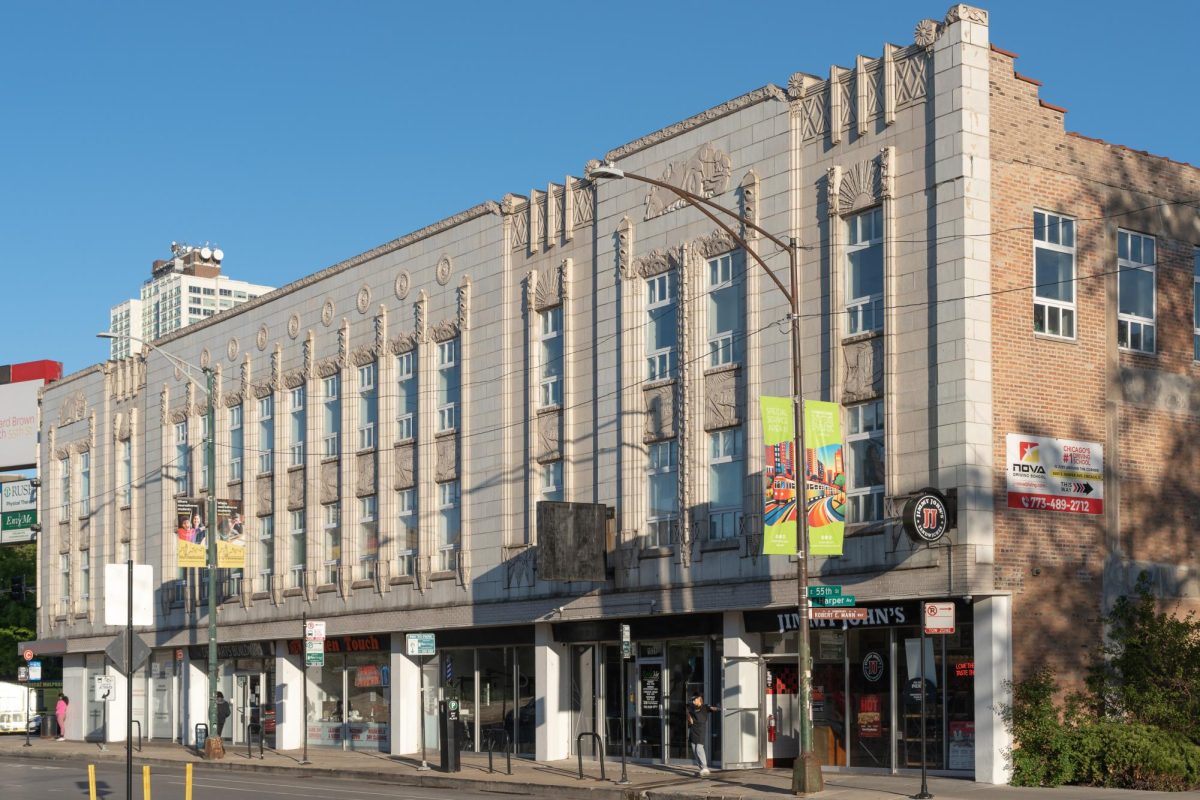Over the summer, in the middle of a respiratory pandemic, Chicago’s majority-Latino neighborhood Little Village was blanketed in a cloud of smog. Hilco Redevelopment Partners had demolished the smokestack of a coal power plant in the neighborhood, spewing dust across Little Village with no advance warning to residents. For many Chicagoans, the incident raised awareness about the dangers of air pollution.
In Lincoln Park, on the other side of town, the metal recycler General Iron’s operations had long released particular matter called “fluff” into the air. To the relief of many of its neighbors, General Iron’s Lincoln Park operation closed on January 4. The move was no surprise. General Iron had previously indicated its willingness to sell its Lincoln Park facility, which sits on land that was once a center of industry for Chicago but is now surrounded on three sides by the upcoming $6-billion mixed-use upscale development Lincoln Yards.
But far from ceasing operations, General Iron now plans to move to the economically disadvantaged Southeast Side, a move that has drawn protest and condemnation from activists.
More than 100 Chicagoans have participated in a hunger strike to protest the relocation, calling on Mayor Lori Lightfoot to deny General Iron’s permit to relocate to the Southeast Side. The new location is within half a mile of an elementary school and a high school.
Several hunger strikers haven’t eaten in three weeks, and others have joined for brief “solidarity fasts.” Among them was UChicago second-year Alexis Florence, who joined the hunger strike for 24 hours on February 16.
To Florence, the fast “is just a little experience of the dedication that those 10 [hunger strikers] are making: to starve their bodies for something greater than themselves,” she said. “In the end, people are just trying to breathe. Going without food for so many hours is nothing [compared] to the damaging health effects of living next to some of these plants.”
Activists are also circulating a petition demanding that Lightfoot and Chicago Department of Public Health Commissioner Allison Arwady deny General Iron’s permit to develop on the Southeast Side.
Marynia Kolak, assistant director for health informatics at UChicago’s Center for Spatial Data Science, studies environmental health disparities in the city. Kolak told The Maroon that, when assessing environmental risks, there are two main variables at play: exposure and vulnerability. Exposure refers to the sheer amount of pollution emitted, and vulnerability refers to the extent to which a given community’s underlying risks, such as poverty, make it more susceptible to the health risks of pollution.
A City report released in August 2020 concluded that the South and West Sides of the city are “over-burdened,” as they experience both high levels of both pollution and vulnerability. The confluence of these two factors makes the situation a “perfect storm” for health risk, Kolak said.
“Groups that are marginalized, if anything, should be more distanced from potential exposure, because of what we already know about these really complex relationships between structural racism, persistent chronic stress, and inequitable access to opportunities,” she said. But in reality, “proximity to [pollution] tends to, over time, correlate with groups that are subject to more barriers on a daily basis.”
Brian Urbaszewski, the director of environmental health programs at the Respiratory Health Association (RHA), said that facilities such as the proposed metal shredder are known emitters of fine particulate matter (PM2.5), molecules so small that they easily penetrate the lungs. PM2.5 is associated with a wide range of health risks, most notably premature deaths.
“Where you have a lot of particulate matter, people tend to die earlier. The strength of that relationship has been reinforced over and over again,” he said. “The fine particulate standard has gotten tighter several times because they keep finding a relationship of increased sickness and increased death at even lower concentrations.”
While the causality of this relationship remains ill-defined, he said, there is no doubt that PM2.5 is harmful. Contrary to national air quality standards which permit nonzero levels of the molecules, research has not identified thresholds below which adverse effects do not occur, according to World Health Organization (WHO) guidelines. In other words, Urbaszewski said, no level of exposure to PM2.5 is considered safe.
Randall Samborn, a spokesperson for Reserve Management Group (RMG), which owns General Iron, wrote in an email to The Maroon that the company performed air-dispersion modeling of RMG’s existing businesses at the request of the Illinois Environmental Protection Agency (IEPA). This modeling found that “RMG’s existing businesses continue to qualify for the ROSS program as a minor source of emissions” and that “the cumulative air impact will not exceed established standards.”
“PM and metals emissions are well below federal health standards,” Samborn wrote. “The IEPA issued a construction permit last June after its nine-month review demonstrated that Southside Recycling would meet or exceed all applicable air quality standards.”
The increased volume of diesel traffic in the area also poses a risk of emitting particulate matter. A recent U.S. Environmental Protection Agency (EPA) report found widespread pollution-control issues in diesel pickup trucks. Urbaszewski told The Maroon that there is a risk these issues would also be present in larger trucks servicing the facility on the Southeast Side.
A report from the RHA shows that rates of asthma are significantly higher on Chicago’s South and West Sides and among the city’s Black residents.
While the debate over General Iron is playing out locally, its scope extends far beyond the city of Chicago. The large-scale rollback of environmental regulation under former president Donald Trump’s administration has weakened many of the mechanisms by which cities nationwide have punished chronic polluters.
Kolak diagnosed the situation as a case of “NIMBYism”—an attitude in which communities oppose development in their local area, born from the phrase “Not In My BackYard.” Kolak believes public officials will eventually have to start asking bigger questions when crafting a policy response to the issue and grapple with the city’s history of environmental racism.
“How can we have industry in a safe way that protects people, especially the people who are most vulnerable to any kind of pollution?” she said. “Instead of just pushing industrial areas from neighborhood to neighborhood, we have to think more strategically about the bigger picture.”
A spokesperson for Lightfoot wrote in an emailed statement to The Maroon that “since Mayor Lightfoot took office, the City has taken significant steps to ensure that our residents' concerns about health and the environment are being heard and, more importantly, acted upon,” noting the City’s hiring of a chief sustainability officer and last summer’s Air Quality and Health Report.
“We also worked with stakeholders – including groups representing the Southeast Side – to create new and more stringent rules for large recycling facilities,” the statement reads. “Our efforts to create a more environmentally just and responsive city is about more than one facility – it is about advancing policies that truly promote the health and well-being of people who live near industrial areas.”
When reached for comment about the hunger strike, Samborn wrote in an email to The Maroon, “We regret that individuals are choosing to engage in activity that we believe is unwarranted by the circumstances, and we strongly urge them not to put their health at risk or encourage others to do so.”









